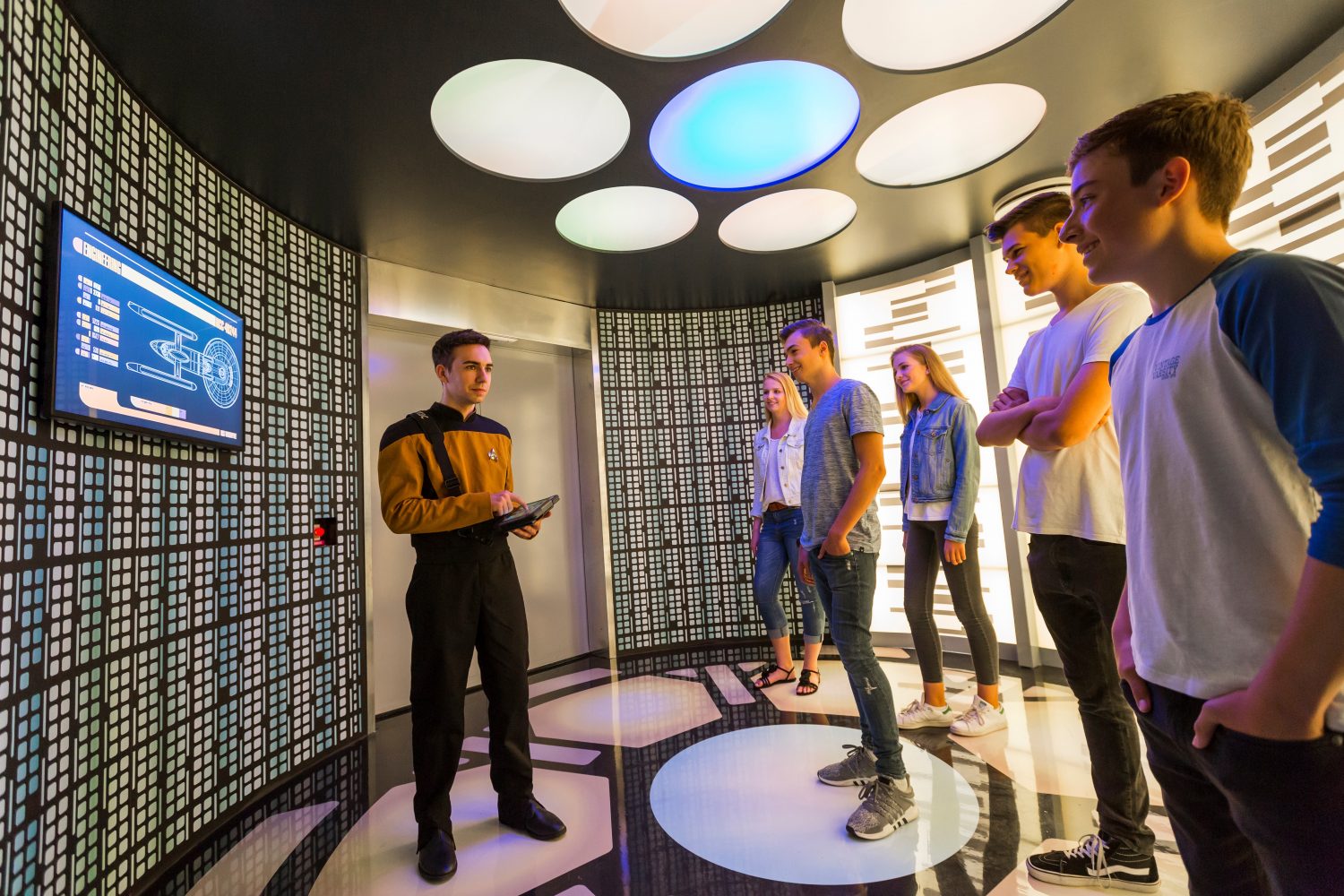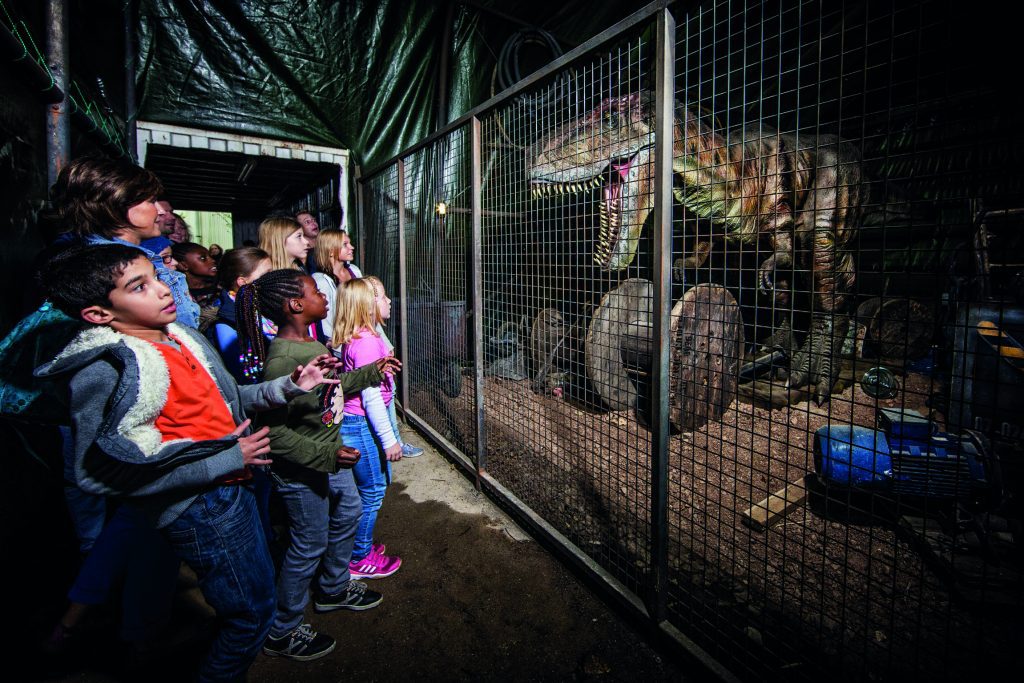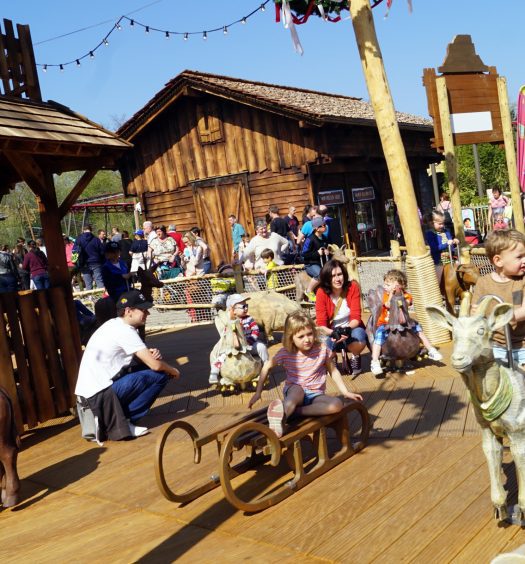Chris Smoje of DIME™ Customer Service looks at the customer experience and the ‘interactions’ with a venue that this involves
THIS article isn’t about customer service versus customer experience. In fact, the two terms are used as buzz words that carry different meanings, but are used interchangeably.
In a previous article we spoke about the human to human interactions. Customer experience is much broader and involves every interaction that takes place between customers and any part of your attraction. Typically it involves looking at the customer journey combined with the various brand touchpoints.
A total brand experience is when each of these touchpoints not only represents the heart and soul of the brand or attraction, but also are delivered seamlessly. There are, however, two main problems. Firstly, it’s easy to call your attraction customer or guest centric, but only focus on the most obvious or frequent touchpoints and miss the hidden ones (this article will focus on this a little later). And secondly, the way in which this is communicated to your team members. For example, the service delivery must equal the desired experience (this is where the confusion between customer service and customer experience comes to life). This means, if you want your attraction or restaurant to offer a “quick
experience,” then the one deliverable to that is for team members to “seat guests quickly and take orders immediately.” This demonstrates just how important service is, as part of the guest experience.
Brand promises
Before we look at some of the touchpoints, I think it’s important for anyone in the marketing department to play an integral role in the initial team member induction. This is to enable team members to truly know what is being projected of the brand to external customers.
For team members to be brand ambassadors they need to be fully aware of everything that comprises the brand. Team members should see examples of all the television commercials, news coverage, posters, signs and photos that are shown externally so that they can see exactly what the customer sees. Showing this will connect them to the brand in the same way customers are connected, which will enable them to offer the same experience.
As team members go through what’s projected to customers externally, they should have a clear idea of a key sentence of what the brand promise is to customers. The sentence isn’t what’s most important – in fact, sometimes the sentence can be intertwined and read as a slogan or tag-line. The important point isn’t what it says, but understanding that it is a promise. When we understand the power of a promise, we understand that it remains a promise as long as it’s kept. A broken promise is when an attraction does not offer a total brand experience.
Obvious and most frequent touchpoints (the physical environment)
This starts with the physical environment where customers are served. Take a busy outlet or gift shop at your attraction. It’s full of guests during the peak of the day, but what about the shoulder periods? What about as guests are leaving the attraction? Is the day’s trade reflected in the state of the physical environment?
Team members need to have a break, but it’s often when there are no customers that they immediately take their feet off the pedals. This is an ideal time for team members to look around and consider the physical environment and make sure it is rubbish free. A checklist is an ideal tool to have as part of your team members’ position description. However, please don’t let the position description make it too official.
This can be a negative too. For example, it would encourage other departments who may interact or pass through the physical environment to not take ownership as it’s “not their area.” Anyone from any department should have control over the physical environment and be comfortable in alerting other departments of areas that detract from the overall desired brand experience. I’m not a huge fan of mystery shopping (that’s something we can cover another time), but encouraging or promoting official programmes that allow team members to formally test the experience from the eyes of a customer can truly make a difference by allowing them to look at things from another point of view.
By road testing the physical place, through both immersive experience and observation, you can provide feedback on the overall customer experience, which can lead to the identification of specific opportunities to address future improvements.
At the point-of-sale
Let’s look at a point-of-sale system. It is such a good invention, as it helps team members serving guests to efficiently process sales while the system automatically calculates the required amount, produces a receipt and reports the sale to the bookkeeping or accounting package. Imagine a world without a point-of-sale system! What is important to understand is the point-of-sale system can be a huge distraction as well.
Do you ever remember seeing a team member stare deeply into the screen, getting lost in all of the buttons, forgetting that there is a customer standing in front of them? This is the biggest danger with technology, when team members become absorbed by what they are doing, which detracts from the interaction that could be taking place. That’s why point-of-sale systems are used to process transactions, but the team member is responsible for making sure an interaction takes place. When integrating technology into your organisation, make sure it is not too complicated to operate and that team members are trained on its operation as well as the right way to interact with the guest.
It is also important to mention that this applies to interactions with any self-service systems, as well as team members making sure they continuously monitor any technology to ensure it is functioning and serving its purpose. You can never set and forget. In times when technology fails it is also important to have a business continuity plan in place. For example, at a point-of-sale, have a calculator, pen and paper on hand so that team members can manually serve guests when there is a system or power outage. Customer service doesn’t stop when technology does.
Hidden or infrequent touchpoints (online environment)
The online environment deserves an article dedicated to it, so I’ll have to keep this one brief and push aside your attraction’s website for a moment. I’d like to talk about something more important here, and that is third party review sites.
In the world of review sites and social media, many organisations get frightened by a negative review and when the public hits back at their services. This is doing more harm than good, as there is a failure to see the opportunity to demonstrate exceptional customer service at that time. This problem exists because many business leaders don’t realise that their presence online is just as important as their face-to-face interactions. There are organisations that provide great customer service but let themselves down online. Social media and review sites should be consciously used as a way to demonstrate the customer service culture of the organisation which can also use each interaction as an opportunity to develop a connection with customers. Remember, the online interaction is still part of customers’ experiences with your organisation.
So there is one very simple rule to remember here – do not lash out against bad reviews on review websites. Use it is an opportunity to recover the guest and demonstrate to all other onlookers just how great your customer service and experience is.
Chris Smoje is a customer service speaker, trainer and facilitator and founder of the DIME™ Customer Service approach. Chris works with organisations and their people to develop a common interest and excitement about delivering exceptional customer service results.



















